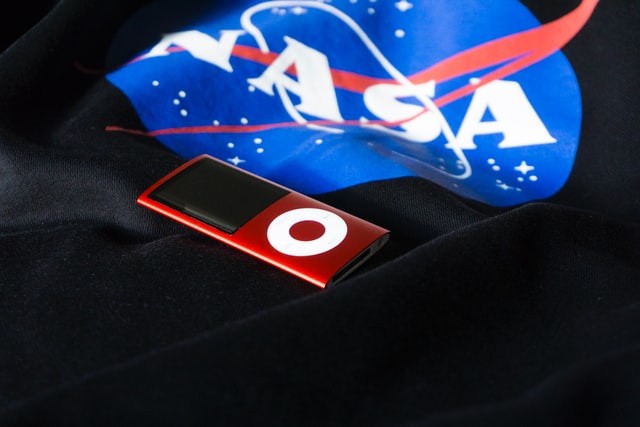The whole world may be in a state of disarray and confusion in the face of the Coronavirus pandemic, but it's a comfort to know that in space, all is still quiet. NASA is giving space tours to help us understand the world from the point of view of outside our planet. They will be bringing the wonders of space to Earth is by providing virtual tours to online visitors.

These seven virtual tours will let you enjoy the space and some of NASA's coolest spacecraft.
"Go for Flight" will let you experience outerspace in your own home
In 2018, NASA launched its first virtual tour project know as "Go for Flight". NASA's aviation enthusiasts first achieved 360-degree access with the help of F/A-18 jets in 2018 that allowed digital visitors to step inside the gates of NASA's Armstrong Flight Research Center or AFRC.
"Before any of our flight research projects take to the air, the talented people from so many different groups and organizations contribute to making it possible," said NASA Armstrong's Chief of Strategic Communications, Kevin Rohrer.
"This latest segment of our virtual tour highlights some of the key areas," he added. The first phase of the virtual tour provides a 360-degree view of the Dale Reed Flight Research Laboratory also known as the "Model Shop", which NASA uses to gather flight data only in a low-cost environment. This allows them to lessen the risk of an ongoing project with the help of subscales models of their aerial vehicles.

The next phase of the tour continues at the X-57 flight simulator where the pilots practice their mission, gaining experience from their new procedures. The virtual tour continues in a unique national laboratory, Armstrong Flight Loads Laboratory, where structural tests are done to support NASA's flight research.
The next destination will be the Dryden Aeronautical Range control room where missions are planned and monitored. The last phase of the virtual tour will take the digital audience to NASA's aircraft ramp where F/A-18 jets can be seen ready for take-off on a flight mission.
According to the report on NASA's website, this virtual project will help enhance America's technical knowledge, inspiring young students to pursue Science, Engineering, Technology, and Mathematics (STEM) careers. With the help of Google Expeditions, digital visitors can now experience NASA's control rooms, aircraft hangar, and the back-ramp area where flights are prepared. This year NASA will continue to expand its virtual tour project to provide people a better experience.
NASA expands the "Go for Flight" project
According to a report on Travel and Leisure, NASA will be adding new features that will allow digital audiences to better experience space. NASA will be adding a journey through the TRAPPIST-1 Star System where 7 Earth-size exoplanets are orbiting a star a little larger than the Jupiter.
The virtual tour includes a digital explanation of the telescope that is used to discover these exoplanets. The next additional tour will be of Earth's atmosphere where Suni Williams will guide the audience to the International Space Station (ISS).
The virtual presentation of Suni will explain to the audience how their science equipment work. The third update is known as the "Exoplanet Travel Bureau" and will provide the audience additional experience with outer space where they can also download space posters.
The last update will be a pitstop at NASA's oldest field center, Langley Research Center, where the center's integrated engineering building, wind tunnels, and computational research facility can be seen.
Also Read: Coronavirus and Your Mobile Phone: Tracking Down The Virus With Your Mobile
ⓒ 2025 TECHTIMES.com All rights reserved. Do not reproduce without permission.




